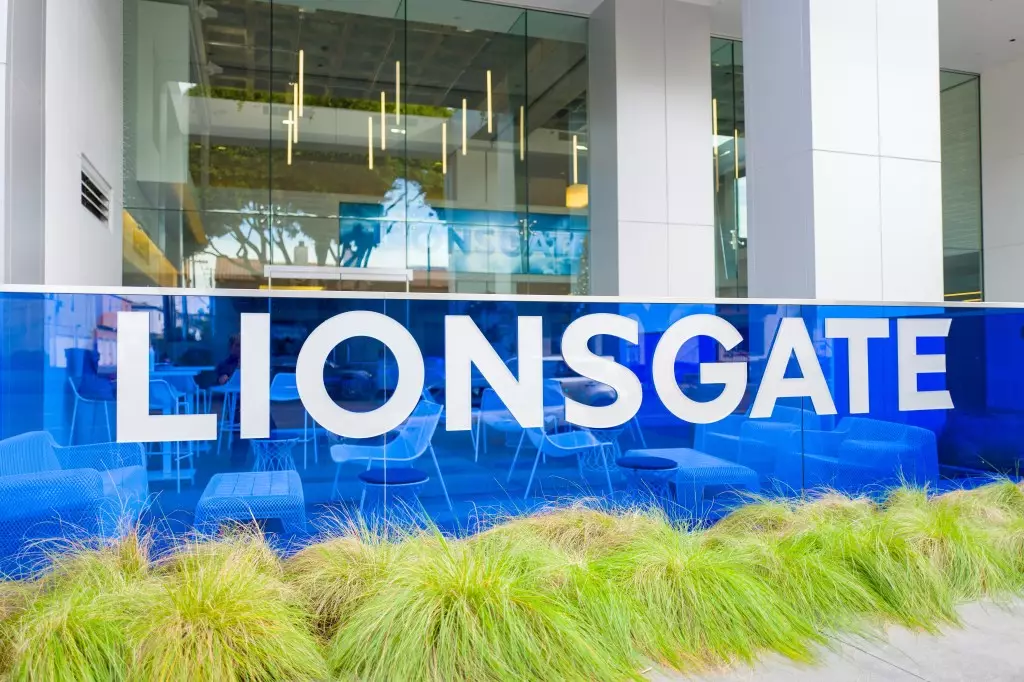The entertainment landscape is evolving, and companies are adjusting their strategies to meet the new challenges and opportunities. Lionsgate, a major player in this arena, is on the cusp of a significant transformation with the anticipated separation of Lionsgate Studios and Starz. This decision, which has been in the pipeline for some time, has been met with a great deal of scrutiny and speculation, especially regarding its timing and implications.

During a recent conference call centered around Lionsgate’s third-quarter earnings, CEO Jon Feltheimer shared insights about the projected timeline for the separation. He indicated that the long-awaited split will likely not occur until April at the earliest. Currently, the company is undergoing regulatory scrutiny of its joint proxy and registration statement with the Securities and Exchange Commission (SEC). This drawn-out process includes updating the financial figures, which will extend the wait for the anticipated shareholder meeting to mid or late April.
This delay in the separation raises questions about the regulatory landscape and its impact on corporate strategy. With ongoing requests from the SEC for clarifications, Lionsgate is caught in a waiting game that could affect its operational strategies. The necessity of aligning the proposed separation with current financial data speaks to the intricate regulations governing publicly-traded media companies.
As the separation looms, both Lionsgate Studios and Starz are preparing to establish their own distinct identities. Feltheimer predicted that the industry has reached an inflection point, and the upcoming changes in streaming and content delivery will play to Starz’s strengths. The move toward diversified bundles and the provision of digital services to linear platforms positions Starz to meet the demands of a rapidly changing viewer landscape.
CFO James Barge remarked on the financial structuring surrounding the split, detailing plans for new capital structures for both entities. This includes the setup of an $800 million revolving credit facility for Lionsgate Studios, aimed at providing immediate financial backing once the separation officially takes place. This marks a pivotal effort to build a solid financial foundation for each entity as they embark on their independent journeys.
In its recent reporting, Lionsgate showcased an intriguing financial landscape. While the studio division faces challenges, particularly when compared to standout years, the television production segment has seen a remarkable resurgence. With a 63% surge in revenue within the television sector, driven by increased episodic deliveries and the exploitation of library content, Lionsgate remains resilient amidst fluctuating market conditions.
Notably, the company reported a total revenue of $970 million, slightly down from the previous year but still exceeding Wall Street projections. The narrowing of net losses from last year reflects improved operational efficiencies and potential recovery, a necessary stride as both Lionsgate Studios and Starz prepare for their future trajectories post-separation.
However, the film division’s performance indicates an ongoing struggle, as evidenced by decreased revenue figures when juxtaposed with blockbuster releases from previous years. The challenges faced in this sector highlight the need for proactive content strategies and innovative marketing to re-engage audiences.
As both entities stand on the precipice of separation, their paths forward must be carefully navigated to ensure sustainable growth and profitability. The films and streaming landscape is fiercely competitive, with new entrants constantly disrupting established models. Lionsgate and Starz will need to leverage their unique offerings while adapting to the evolving preferences of consumers.

Ultimately, the impending split promises a transformative chapter for Lionsgate and Starz. With structural realignments, financial reconfigurations, and a focus on innovation, both companies have the potential to carve out distinct niches. The coming months will reveal how regulatory hurdles are navigated and the strategies adopted to maximize their positions in the ever-evolving entertainment ecosystem. As their futures unfold, the industry will undoubtedly keep a close eye on this significant transition.





